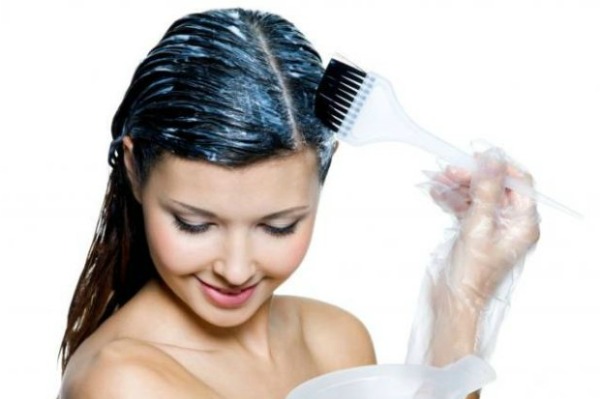The History of Hair Dye

April 25, 2017
When it comes to beauty and fashion trends, hair dye plays an immense role in all of it. Nowadays, you see people with blue, pink, red, rainbow, and all different types of hair colors. Even gray has become a recent fashion hit. However, hair dye has existed since 1500 BC and people definitely didn’t go to the store and buy some hair dye, or go to a hair salon during that era of time, so how did they do it?
In 1500 BC, Egyptians were the first ones to experiment with some hair dye. According to Deven Hopp, senior editor of beauty and health website Byrdie.com, they would use, “henna to camouflage gray hairs,” and years later the Greeks and Romans used, “plant extracts to color their hair.” Hair dye formulas were also being made from things like “leeches that had been fermented in lead vessels,” and black walnut shells were also used. During the Dark Ages, red hair was considered very rare and weird; a type of genetic mutation, but after Queen Elizabeth (a redhead) took her reign it became acceptable and popular. According to The Atlantic, Germans actually colored their hair red by applying a mixture of beechwood ash and goat’s fat, which is pretty gross.
The discovery and development of synthetic dyes for hair occurred in the 1800’s. According to beauty website The Human Touch of Chemistry, chemists found a substance called para-phenylenediamine (PPD) and discovered its use in the creation of a synthetic dye. Eugene Schueller was actually the famous French man who created the first commercial synthetic hair dye, which the Human Touch of Chemistry said he called, “Auereole,” and his products later came to be called, L,Oreal, a brand many (if not all) of us are very familiar with today.
Nowadays, if we wanted to go get our hair colored we would just go to the salon, sit down and relax while the hairstylist worked her magic, but according to the Los Angeles Times, in the 1930’s women would leave the beauty shop with violent headaches and blisters on their foreheads from the products put into the bleach, which included mixing 20-volume peroxide in a bowl with three drops of ammonia. It was discovered that hydrogen peroxide was a gentler and safer chemical for bleaching, so today hydrogen peroxide and ammonia is used in hair dye, as well as various types of alcohol, which along with the other chemicals can dry out the hair.
It’s obvious that hair dye can create many different looks: you can get ombre, highlights, balayage and so much more, but has anyone ever wondered what effect these dyes have on our health? Surprisingly, according to Sable Yong, a writer for stylecaster.com, hair dye is not that harmful when “used correctly.” There has been some concern over a few components like formaldehyde and coal tar, which are used in some hair dyes. Formaldehyde is a hardcore preservative, and disturbingly, “the same thing used to embalm dead bodies” according to Young. There has also been concern since it is known as a carcinogen, but hair dyes no longer use it, and when they did it was in such a minimum quantity that it would cause absolutely no threat. Same for coal tar: even though it’s a carcinogen, at concentrations under 5% it’s considered safe by FDA. It even has some benefits, as it’s an active ingredient in many dandruff shampoos. So overall, hair dye is really not that bad, and with the abundance of options nowadays, new styles and trends are constantly arising, and the world is becoming more unique.



